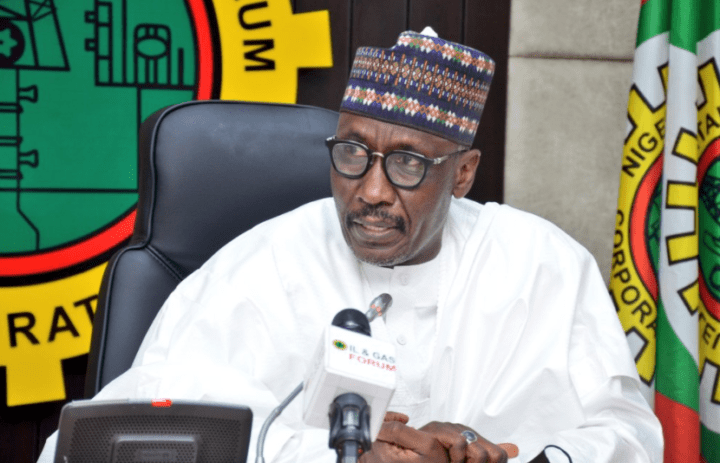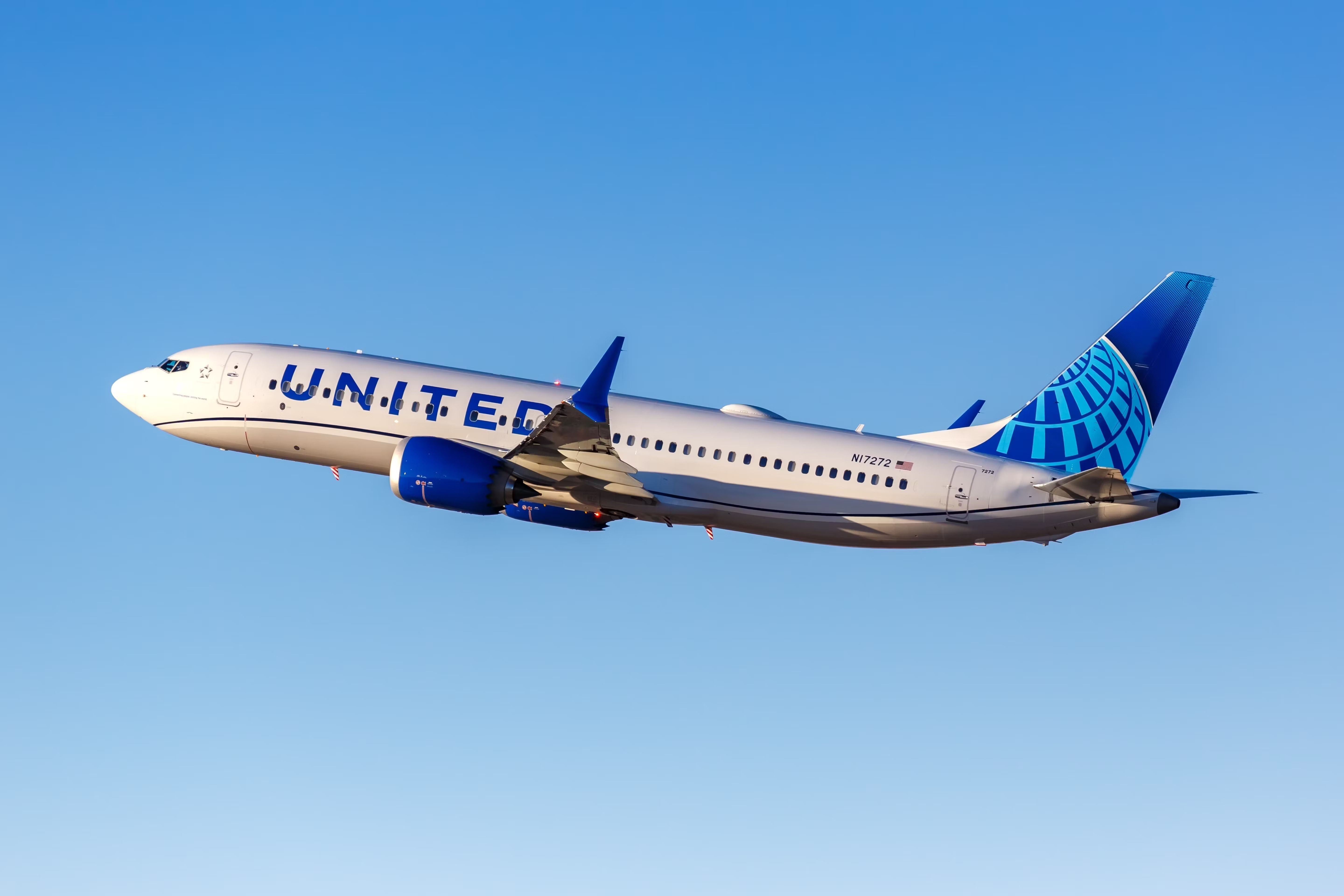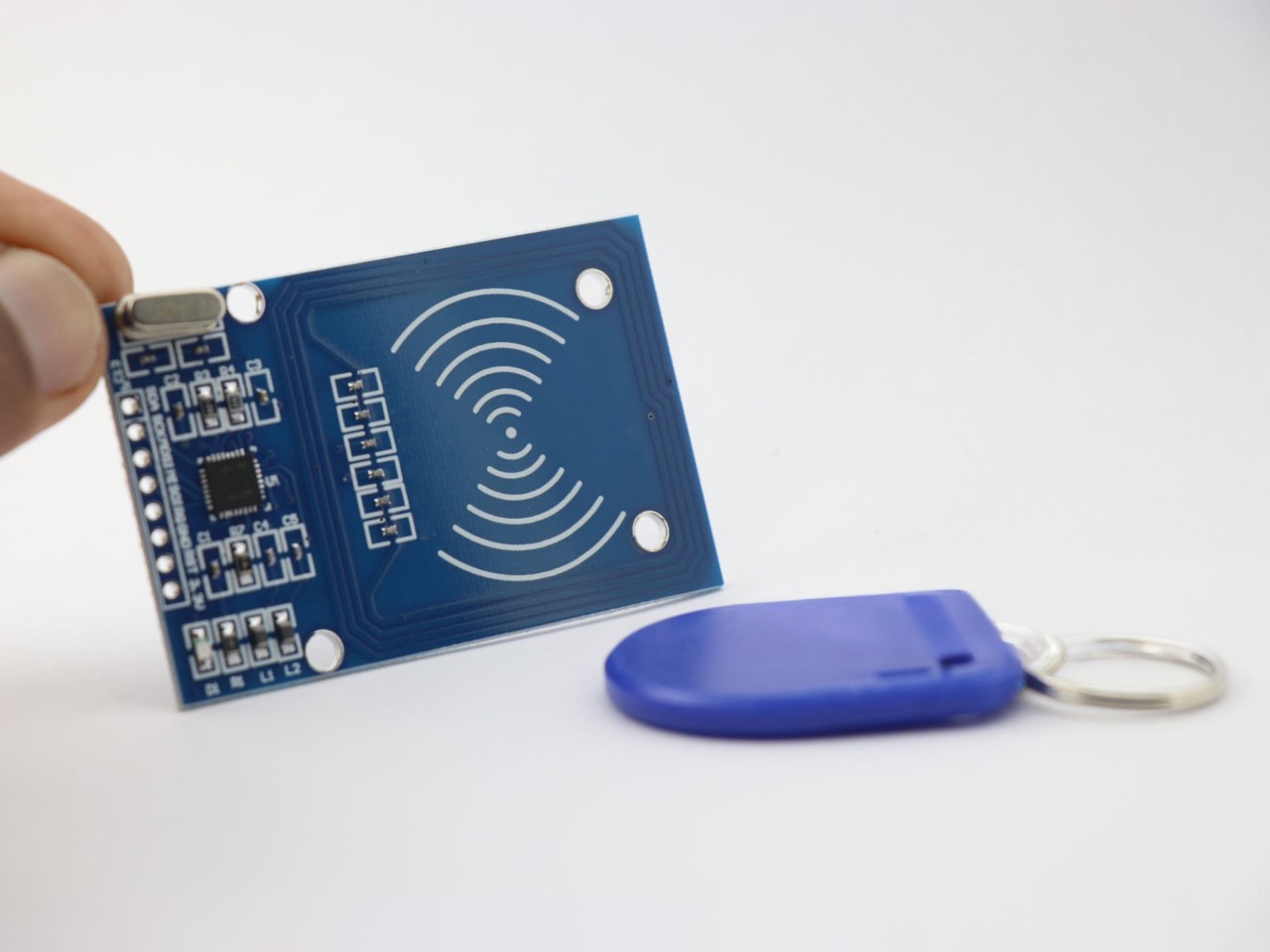Advances in 5G and drones are modernising the Malaysian agriculture sector, with applications in precision farming and real-time surveillance. Precision farming refers to a data-driven approach to agriculture which utilises technology to make better decisions to improve crop and livestock production, while typically also involving automation. The role played by 5G in this scenario comes largely in two areas.
The first is its higher throughput or bandwidth compared to 4G, enabling significantly more data to be transmitted from the field at a time, while the second is its much lower latency, allowing for faster response times for more effective monitoring and control. “While 4G previously allowed some level of automation in many of their farms, 5G connectivity has enabled” local startups like BoomGrow to “conduct real-time data analysis, making predictions about plant growth, plant health, yield management, and nutrient content, powered by machine learning models and AI,” Digital Minister Gobind Singh Deo said. He added that farmers can leverage 5G with smart farming solutions, allowing vegetable and durian farm owners to reduce resource waste and costs while making better decisions when assessing risks in crop cultivation.

“Ultimately, this brings significant benefits not only to farm owners but also to consumers and the national economy,” he said. Frederick Ooi, managing director of drone firm Garuda Robotics, shared that the company has been actively working with Malaysian farmers in addressing challenges faced by plantations. He further points out that these challenges include finding labour and discovering theft, along with pests and diseases that put crop health at risk, which can find a solution by utilising 5G-enabled technology.
Enabling precision farming This comes across in three different use cases for the company’s 5G-enabled drones, including precision pesticide spraying, equipment monitoring, and security surveillance. The use of such drones would also afford farm owners more control over the spraying of pesticides according to Ooi, particularly in avoiding overspraying, which can result in the pesticides leaching into the soil. “So it’s very important that you don’t use too much pesticide.
For farm plantations, we don’t spray everywhere – only on the tree. “We use AI to determine where the centre of the tree is and programme the drone. The drone will just fly and spray only on top of the tree,” he said, adding that the pesticides are meant to deal with pests such as the rhino beetle and bagworm.
Garuda Robotics’ drone sprayer solution, Tenera, has already seen use on Malaysian plantations and is capable of both spot spraying, where specific parts of palm trees like the crown (the upper part of the trees where the fronds sprout) are targeted, or mist spraying, where an entire area is treated with pesticide. The system is also capable of generating reports with data transmitted from the drone to allow plantation owners to track what parts of the plantation have been sprayed, how much pesticide has been sprayed, and when the next spraying is needed. Such drones can also be piloted remotely from a centralised hub off-site by a single operator, reducing the need for additional personnel.
“Today, you will see that it’s one pilot, one drone. The pilot is on-site. He is flying it with a remote control.
But with 5G, one operator can manage multiple drones. “They’re controlled remotely from a drone operation centre. That means the drones can be in Perak, but the operator can be in KL, or even in Singapore, or anywhere in the world, as long as it is connected by 5G.
“This is very important for the Civil Aviation Authority. If they are going to give you a license to fly, you must be able to show that you can operate your drone with full command and control and that you will not lose control at any point in time,” he said. Better security Such 5G-enabled drones are also capable of addressing security concerns and fulfilling the need for surveillance on plantations.
“With AI-powered drones, you can have automated security patrols. The drone will fly around the plantation at scheduled intervals – maybe every hour or at night. “It will monitor for movement, whether it’s an animal or a person.
If there is an intrusion, the AI will detect it and alert the command centre immediately. “And if necessary, the drone can fly to that specific location to investigate further,” he said, adding that such drones may also be equipped with thermal scanners for night-time use cases. Ooi also noted that deploying drones for such applications relies on 5G, as its increased bandwidth is essential for seamless live video feeds and data transmission.
Without these improvements, real-time monitoring and control would be significantly more challenging. While remote drone operation from an offsite location is possible in theory on 4G, its higher latency poses a major risk. Delays in data transmission could result in crashes before a pilot has the chance to react, making 5G’s low-latency nature crucial for safe and efficient drone operations in precision farming.
.
Technology

How M’sian agriculture stands to benefit from advances in 5G and drone technology

Advances in 5G and drones are modernising the Malaysian agriculture sector, with applications in precision farming and real-time surveillance. Read full story















